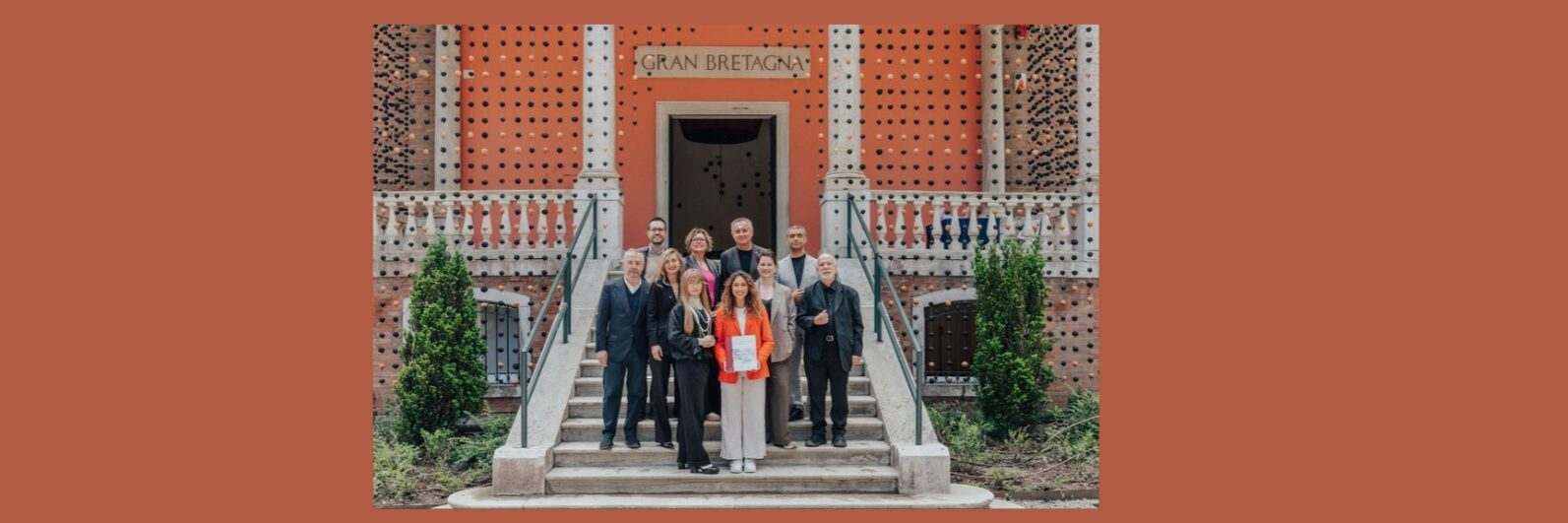Daniel Nowak – a young voice of Polish architecture in Europe
There are pieces of news that simply bring joy. Especially those that show how the young generation of Polish architects is increasingly making its mark on the international stage. Daniel Nowak, an architecture student at Cracow University of Technology, has just been appointed to the European Board of the Royal Institute of British Architects (RIBA) – one of the most prestigious architectural organizations in the world. It is a huge distinction not only for him, but also for the entire academic community in Poland.

It’s hardly surprising, though. Daniel has never been one to wait for things to happen. He stands out for his initiative, courage, and consistency in action. Earlier this year, he attracted attention during the Saint-Gobain Architecture Student Contest, one of the most important student competitions in Europe, where he received an honourable mention in the Innovation category for his project “Chez Grand-mère à la campagne.” His work – created under the supervision of Dr hab. Patrycja Haupt from Cracow University of Technology – stood out for its maturity and a conscious approach to material. Instead of relying on spectacular gestures, Daniel proposed a subtle, thoughtful design rooted in local context. The use of pisé (rammed-earth construction) combined with light-filtering textiles was not an aesthetic experiment, but rather a deliberate manifesto of responsible design. This is not a story of coincidence. It’s the story of someone who is patiently building his path – step by step, consistently expanding his horizons.
Today’s appointment to the RIBA Europe Board is therefore not only a personal success, but also a sign that Polish technical universities and their students are increasingly taking part in the global dialogue about the future of architecture. It’s especially encouraging because Daniel represents a generation that isn’t afraid to connect local sensitivity with an international perspective. A generation that doesn’t treat architecture as self-promotion, but as a tool for creating a better world.
Congratulations – and fingers crossed for the next steps. The future and strength of Polish architecture truly lie in people like him.




